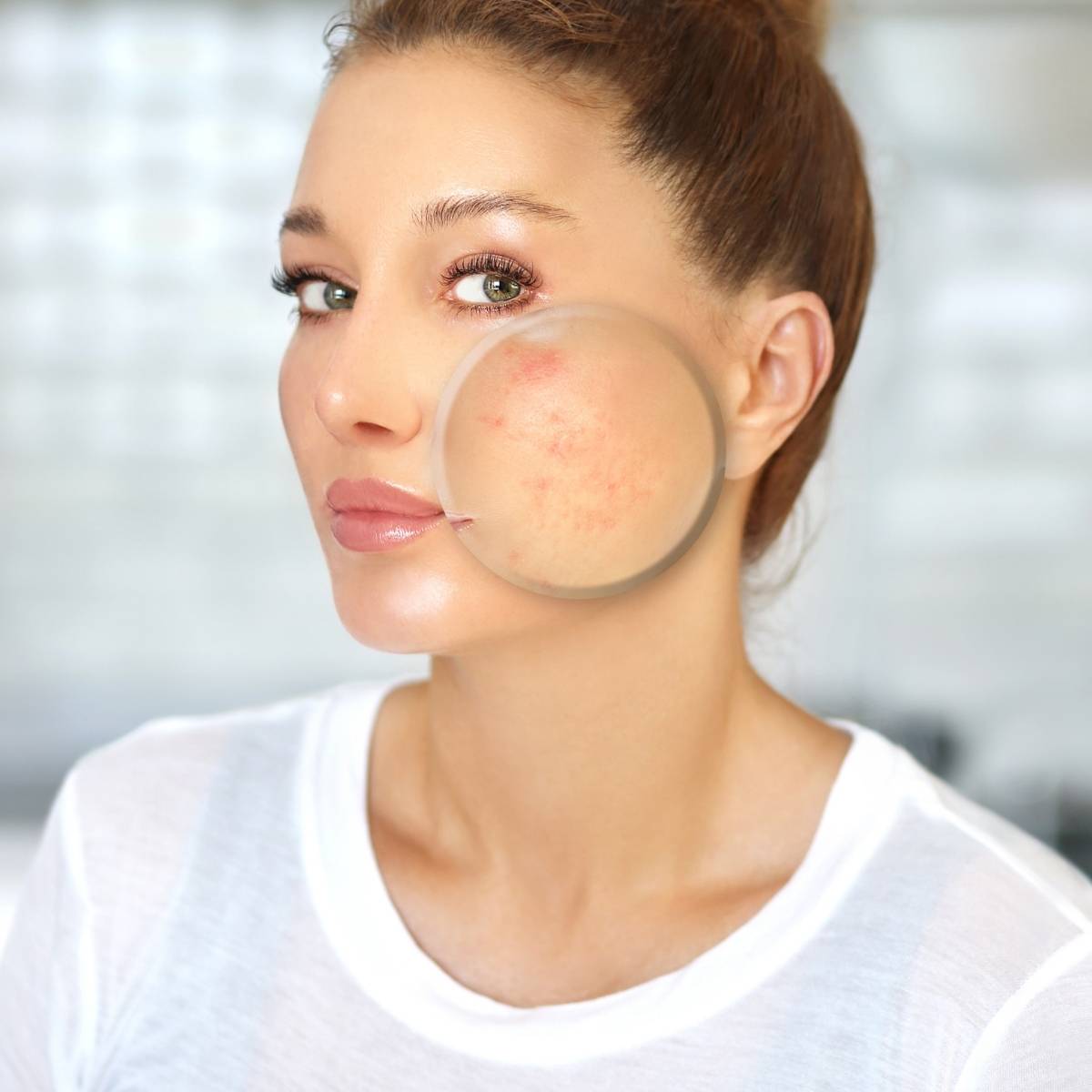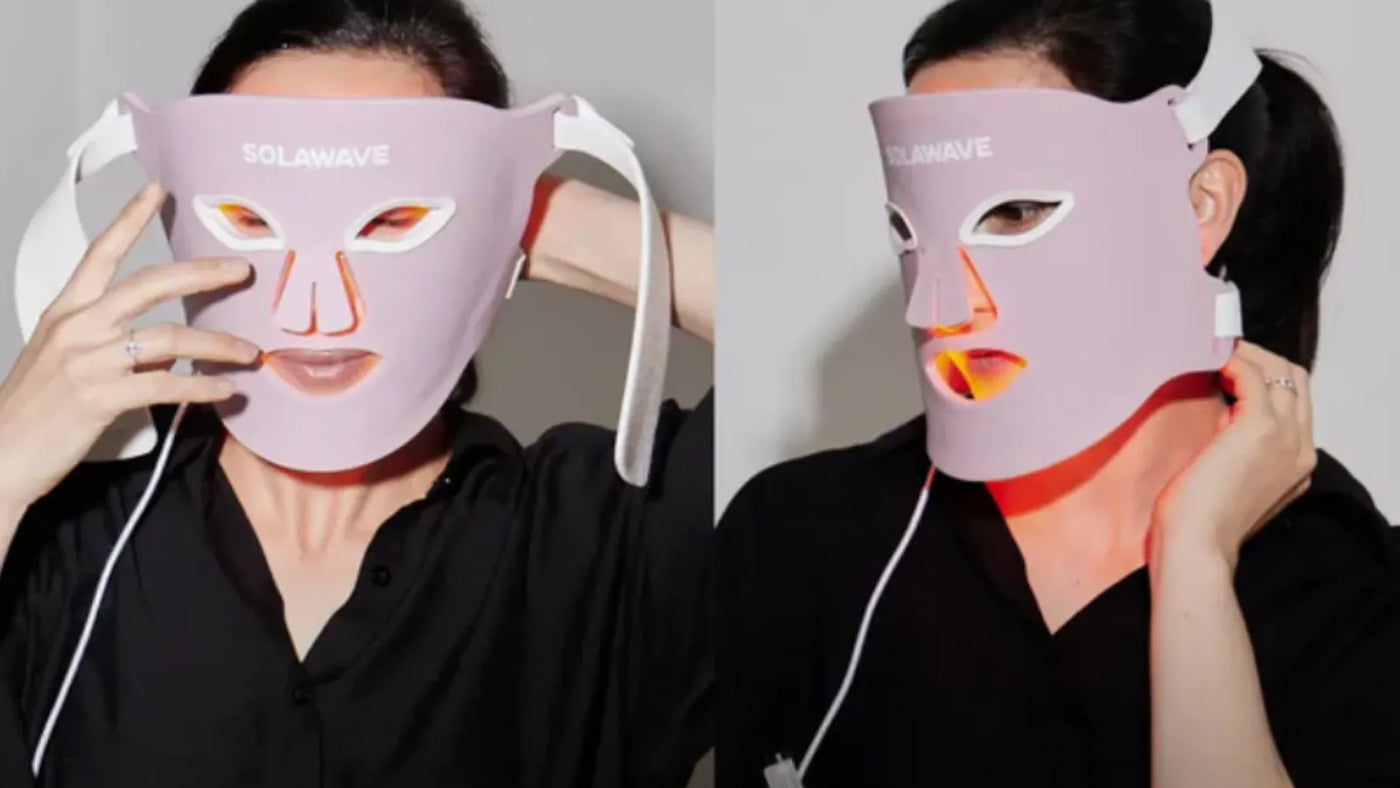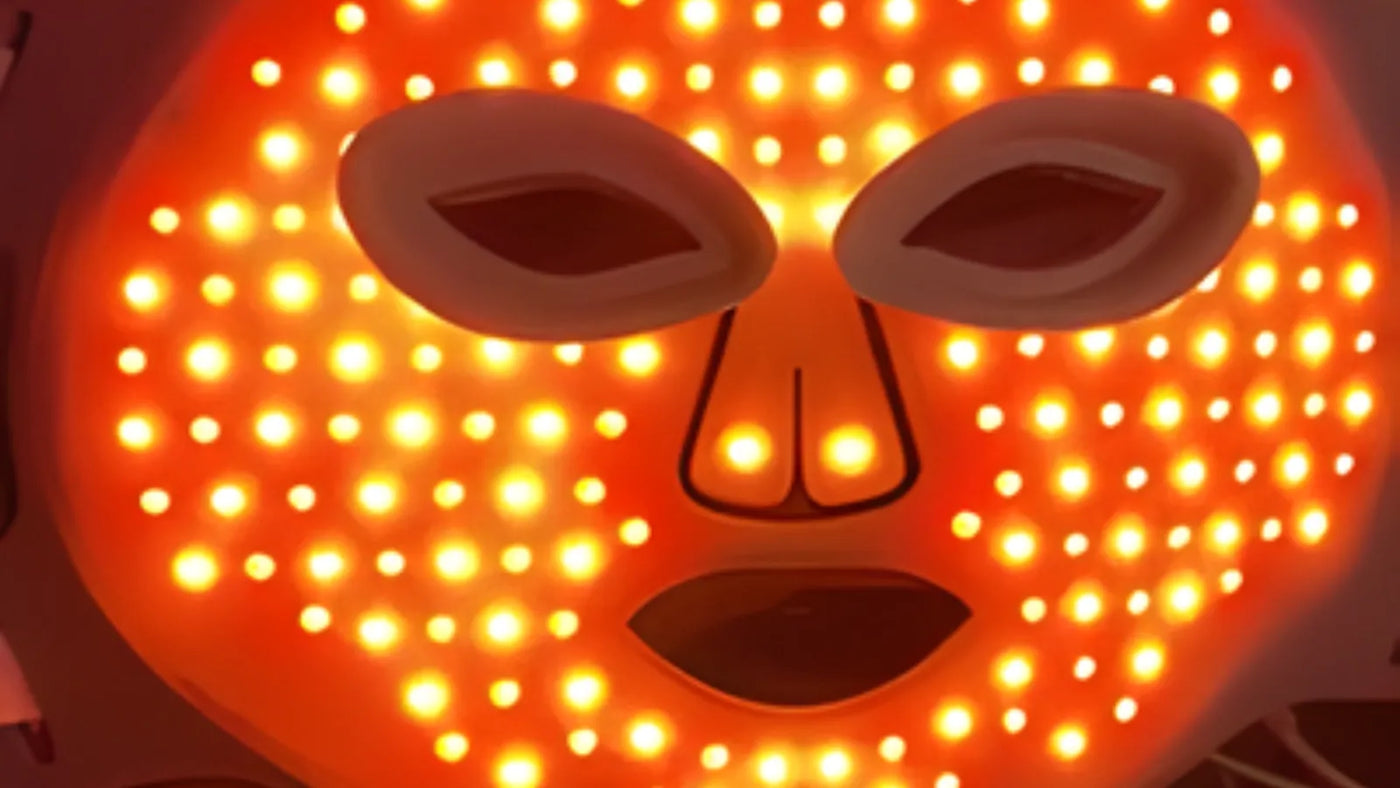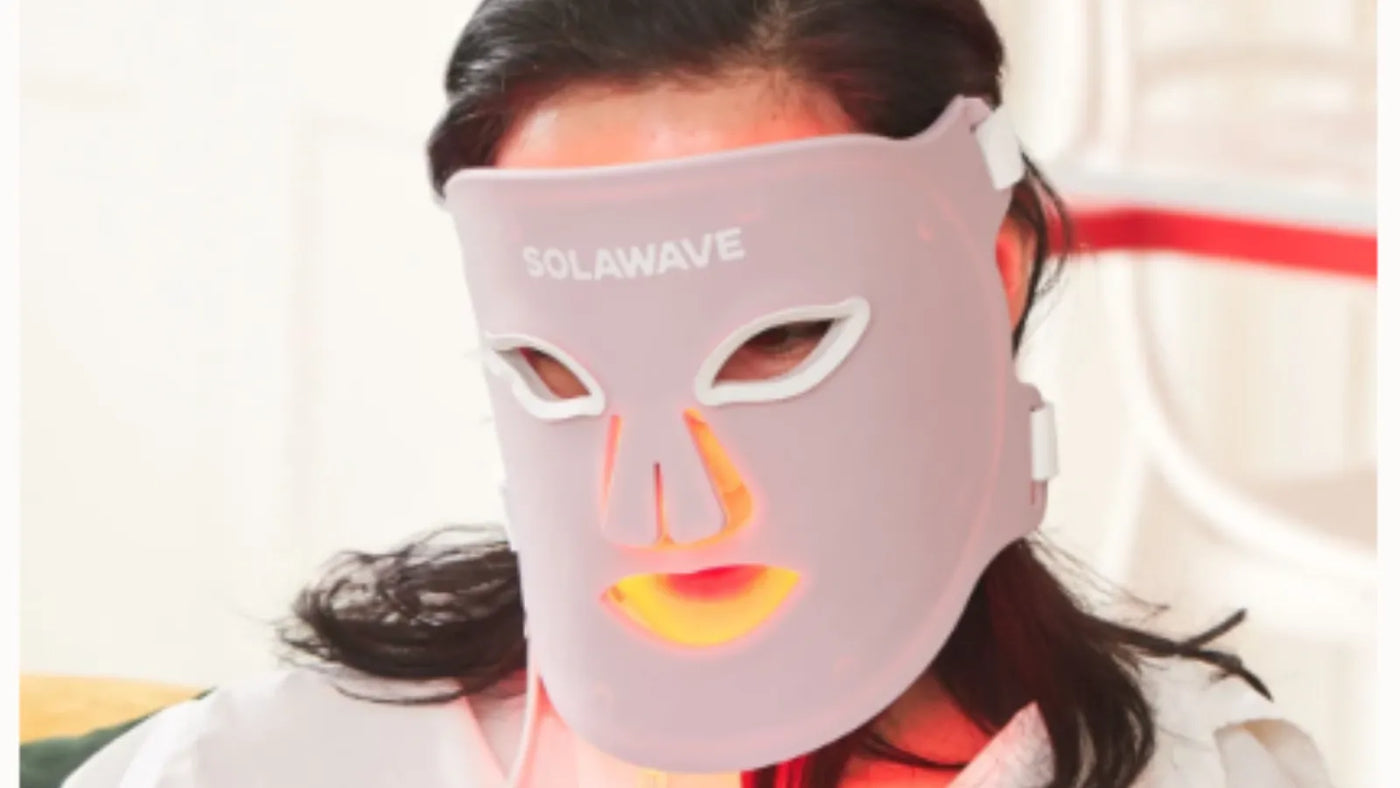

Home Remedies for Hormonal Acne: Which Ones Actually Help?
Hormonal acne is a common skin concern that affects teens and adults alike, often showing up as stubborn breakouts along the jawline, chin, and neck. Unlike typical acne, hormonal acne is driven by internal changes in your body’s hormone levels, making it more persistent and sometimes harder to treat. Let's talk about which home remedies are truly effective—and which ones to avoid. If your acne is severe or doesn’t improve with home care, always consult a healthcare professional for personalized advice and treatment options.
What Is Hormonal Acne?
Hormonal acne is a specific type of acne that is directly influenced by fluctuations in your body’s hormone levels. Unlike the occasional pimple that might pop up after a late night or a greasy meal, hormonal acne is often persistent and follows a recognizable pattern, especially in teens and adults. It’s most common during periods of significant hormonal changes, such as puberty, menstruation, pregnancy, and menopause, but it can affect anyone whose hormones are out of balance.
Hormonal acne develops when your body produces excess hormones—mainly androgens, a group of hormones that includes testosterone. These hormones stimulate the sebaceous (oil) glands in your skin, causing them to produce more sebum. When there’s too much sebum, it can clog your pores along with dead skin cells and bacteria, leading to inflammation and breakouts. Unlike other forms of acne, hormonal acne tends to be deeper, more inflamed, and more likely to cause cysts or nodules rather than just surface-level blackheads or whiteheads.
Common Causes of Hormonal Acne
Several factors can trigger or worsen hormonal acne, including:
-
Hormonal Fluctuations: Natural changes in hormone levels, such as those during puberty, are a primary cause. Teenagers often experience hormonal acne as their bodies adjust to new hormone levels.
-
Menstrual Cycles: Many women notice breakouts a few days before their period begins. This is due to the drop in estrogen and the relative increase in androgens, which can stimulate oil production.
-
Pregnancy: Hormone levels shift dramatically during pregnancy, which can either improve or worsen acne for some women.
-
Menopause: As estrogen levels decline and androgen levels become more dominant, menopausal women may experience new or worsening acne.
-
Stress: Chronic stress increases the production of cortisol, a hormone that can indirectly boost androgen levels and trigger acne.
-
Polycystic Ovary Syndrome (PCOS): This common hormonal disorder in women is often associated with persistent, difficult-to-treat acne.
Typical Symptoms and Appearance of Hormonal Acne
Hormonal acne often has distinct characteristics that set it apart from other types of acne:
-
Location: It typically appears on the lower part of the face, such as the jawline, chin, and neck. However, it can also show up on the cheeks and, less commonly, the back or chest.
-
Type of Lesions: Hormonal acne tends to cause deep, painful cysts or nodules under the skin, rather than just surface-level pimples. These lesions can be red, swollen, and tender to the touch.
-
Timing: Breakouts often occur in a cyclical pattern, such as around the menstrual cycle or during times of increased stress.
-
Persistence: Unlike occasional pimples, hormonal acne can be chronic and resistant to standard over-the-counter treatments.
How Hormones Affect Your Skin
When your hormone levels are balanced, your skin tends to look and feel healthy. However, even slight imbalances can trigger a cascade of changes that lead to acne and other skin issues.
Acne forms when pores become clogged with oil, dead skin cells, and bacteria. Hormones, especially androgens, are responsible for signaling your sebaceous glands to produce oil. When androgen levels rise, these glands go into overdrive, producing more sebum than your skin needs. Excess sebum mixes with dead skin cells and bacteria, clogging pores and creating an environment where acne can thrive.
Hormonal fluctuations can also increase skin inflammation and affect how quickly skin cells renew themselves, both of which can contribute to breakouts. This is why hormonal acne is often more severe and persistent than other types of acne.
Several hormones are directly linked to the development of hormonal acne:
-
Androgens: These are the primary hormones involved in hormonal acne. Androgens, such as testosterone, are present in both men and women but are typically higher in males. They stimulate the sebaceous glands, increasing oil production.
-
Estrogen: This hormone helps balance the effects of androgens. When estrogen levels drop (such as before menstruation or during menopause), androgens can become more dominant, leading to increased oil production and acne.
-
Progesterone: This hormone rises and falls throughout the menstrual cycle. High levels of progesterone can increase oil production and make skin more prone to swelling and breakouts.
-
Cortisol: Known as the “stress hormone,” cortisol can indirectly increase androgen production. Chronic stress leads to consistently high cortisol levels, which can worsen hormonal acne.
Why Hormonal Acne Appears in Certain Areas
One of the most telling signs of hormonal acne is its location. Hormonal acne most commonly appears along the jawline, chin, and neck. This is because the skin in these areas has a higher density of oil glands that are particularly sensitive to hormonal changes. When androgens stimulate these glands, they produce more oil, making these areas more susceptible to clogged pores and breakouts.
In some cases, hormonal acne can also appear on the cheeks, chest, or back, but the lower face remains the most common site. Recognizing these patterns can help you identify whether your acne is likely to be hormonal and guide you toward the most effective treatment options.
Proven Home Remedies for Hormonal Acne
1. Gentle Cleansing and Skincare Routine
A consistent, gentle skincare routine is one of the most effective ways to manage hormonal acne at home. The goal is to keep your skin clean without stripping it of its natural moisture or causing irritation. Non-comedogenic products are specifically formulated not to clog pores, which is crucial for acne-prone skin. Fragrance-free options reduce the risk of irritation and allergic reactions, both of which can worsen breakouts. Many fragrances and harsh chemicals can disrupt your skin’s natural barrier, making it more susceptible to inflammation and acne.
How to Properly Cleanse and Moisturize Acne-Prone Skin:
-
Cleansing: Use a gentle, sulfate-free cleanser twice daily—once in the morning and once before bed. Avoid scrubbing your skin harshly, as this can cause microtears and increase inflammation.
-
Moisturizing: Even oily or acne-prone skin needs moisture. Choose a lightweight, oil-free, non-comedogenic moisturizer to keep your skin hydrated and help maintain its protective barrier.
-
Additional Tips: Avoid using hot water, which can dry out your skin. Pat your face dry with a clean towel instead of rubbing. Always remove makeup before bed to prevent pore blockages.
2. Diet and Nutrition Adjustments
What you eat can have a significant impact on your skin, especially if you’re prone to hormonal acne. While diet alone may not cure acne, certain foods can help reduce inflammation and balance hormones. Research indicates that high-glycemic diets and excessive dairy intake can worsen acne in some people. While not everyone will see dramatic changes from dietary adjustments, many find that reducing sugar and processed foods leads to clearer skin over time.
Foods That May Help:
-
Low-Glycemic Diet: Foods with a low glycemic index (such as whole grains, legumes, and most fruits and vegetables) cause a slower, steadier rise in blood sugar. High-glycemic foods (like white bread, sugary snacks, and soda) can spike insulin levels, which may trigger increased androgen production and worsen acne.
-
Anti-Inflammatory Foods: Incorporate foods rich in antioxidants and anti-inflammatory compounds, such as berries, leafy greens, turmeric, and nuts. These can help calm inflammation in the skin.
-
Omega-3 Fatty Acids: Found in fatty fish (like salmon and sardines), flaxseeds, and walnuts, omega-3s have been shown to reduce inflammation and may help regulate hormone levels.
Foods to Avoid:
-
Dairy: Some studies suggest a link between dairy consumption and acne, possibly due to hormones present in milk or its effect on insulin levels.
-
Sugar and Highly Processed Foods: These can spike blood sugar and insulin, leading to increased oil production and inflammation.
3. Stress Management Techniques
Chronic stress is a well-known trigger for hormonal imbalances, which can lead to or worsen acne. When you’re stressed, your body produces more cortisol, a hormone that can increase oil production and inflammation. Elevated cortisol levels can stimulate your sebaceous glands, leading to more oil and a higher risk of clogged pores. Stress can also disrupt your sleep and immune function, both of which are important for healthy skin.
Effective Stress Reduction Methods:
-
Mindfulness and Meditation: Regular mindfulness practices can lower stress hormones and improve your overall sense of well-being.
-
Yoga: Yoga combines physical movement with breathwork and relaxation, helping to reduce stress and balance hormones.
-
Regular Exercise: Physical activity releases endorphins, which are natural mood boosters, and helps regulate hormone levels.
-
Other Techniques: Deep breathing exercises, journaling, and spending time in nature can also help manage stress.
4. Natural Topical Treatments
Some natural remedies have scientific backing for their effectiveness against acne, especially when used correctly and consistently.
Tea Tree Oil:
-
Benefits: Tea tree oil has natural antibacterial and anti-inflammatory properties, making it effective against acne-causing bacteria.
-
How to Use Safely: Always dilute tea tree oil with a carrier oil (like jojoba or coconut oil) before applying it to your skin to prevent irritation. Start with a small patch test to check for sensitivity.
-
Potential Side Effects: Undiluted tea tree oil can cause redness, dryness, or allergic reactions in some people.
Green Tea Extract:
-
Topical Benefits: Green tea contains antioxidants called catechins, which can reduce inflammation and help control sebum production when applied to the skin.
-
Oral Benefits: Drinking green tea may also provide anti-inflammatory effects from the inside out.
Aloe Vera:
-
Soothing Properties: Aloe vera gel is known for its calming and hydrating effects. It can help reduce redness and swelling associated with acne.
-
Application Tips: Use pure aloe vera gel directly from the plant or a store-bought product with minimal additives. Apply a thin layer to clean skin as needed.
5. Lifestyle Changes
Simple lifestyle adjustments can make a significant difference in managing hormonal acne.
Importance of Regular Sleep: Quality sleep helps regulate hormone production, including cortisol and androgens. Aim for 7-9 hours of restful sleep each night to support your skin’s natural repair processes.
Staying Hydrated: Drinking enough water helps flush toxins from your body and keeps your skin hydrated, which can reduce the likelihood of clogged pores and inflammation.
Avoiding Touching or Picking at Acne: Touching your face transfers bacteria and oils from your hands to your skin, increasing the risk of new breakouts. Picking at acne can lead to scarring and further inflammation. If you struggle with this habit, try to keep your hands busy or use spot treatments to discourage picking.
Home Remedies to Avoid (and Why)
While some home remedies are helpful, others can do more harm than good. It’s important to avoid treatments that lack scientific support or can damage your skin.
Common but Ineffective or Harmful Remedies:
-
Toothpaste: While toothpaste is often touted as a quick fix for pimples, it contains ingredients that can irritate and dry out your skin, leading to more redness and peeling.
-
Lemon Juice: Lemon juice is highly acidic and can disrupt your skin’s natural pH balance, causing irritation, burning, and even chemical burns.
-
Harsh Scrubs: Physical exfoliants with rough particles can create microtears in the skin, worsening inflammation and making acne harder to heal.
Risks of DIY Treatments Without Scientific Backing: Using unproven remedies can lead to allergic reactions, increased irritation, and long-term damage to your skin barrier. Always research any treatment before trying it, and when in doubt, consult a dermatologist for safe, evidence-based recommendations.
Conclusion
Managing hormonal acne can feel overwhelming, but focusing on proven home remedies can make a real difference in your skin’s health. Gentle cleansing, mindful dietary choices, stress management, natural topical treatments, and healthy lifestyle habits all play important roles in reducing breakouts and supporting your skin’s balance. Remember, while these home strategies are effective for many, combining them with guidance from a healthcare professional ensures you’re addressing the root causes and getting the best possible results.
Sources:






















